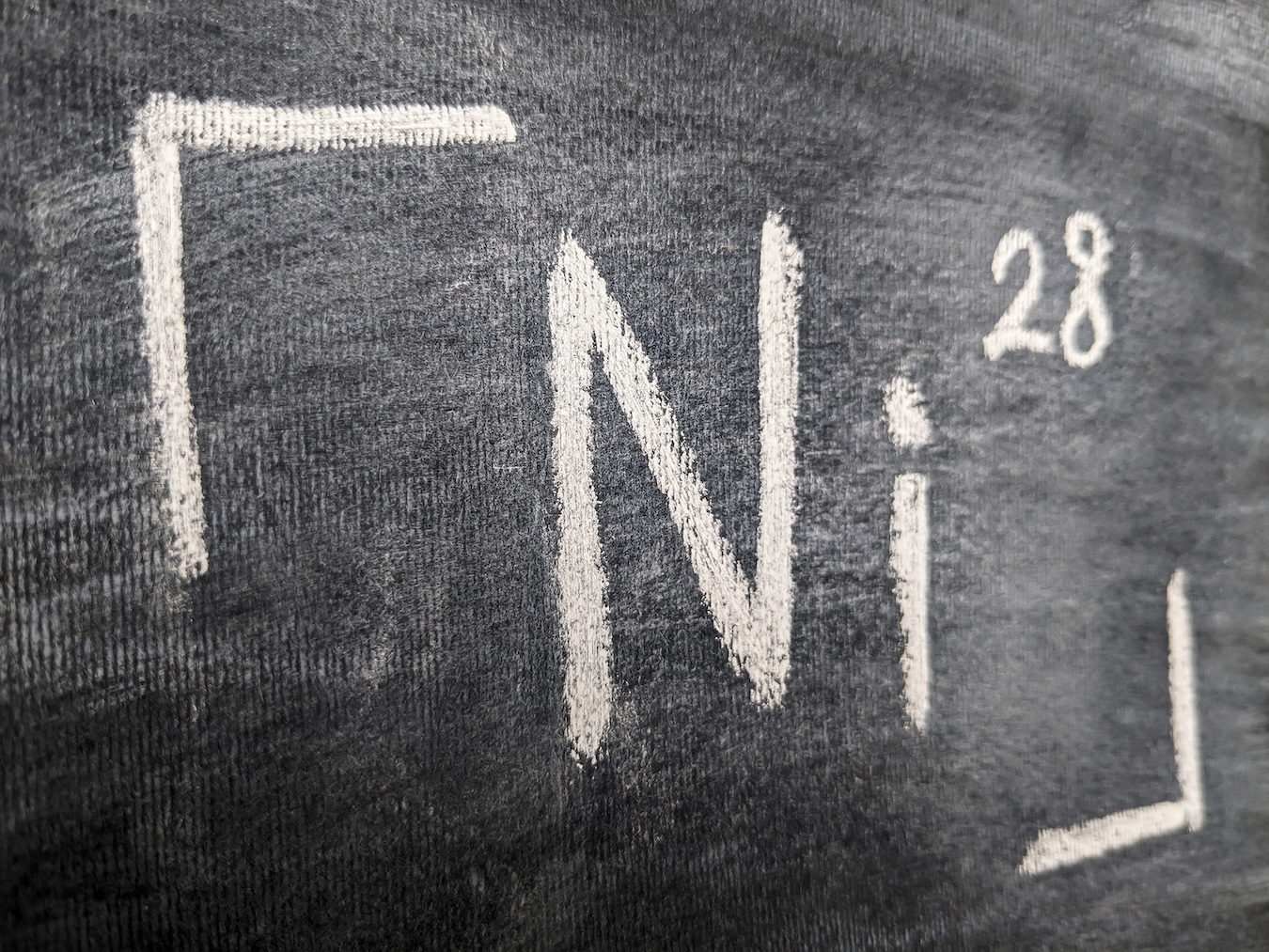


Trying to explain riding a bike is difficult because it is an implicit memory. The body knows what to do, but thinking about the process can often interfere. So why is it that under certain circumstances paying full attention and trying hard can actually impede performance? A new UC Santa Barbara study, published today in the Journal of Neuroscience, reveals part of the answer.
There are two kinds of memory: implicit, a form of long-term memory not requiring conscious thought and expressed by means other than words; and explicit, another kind of long-term memory formed consciously that can be described in words. Scientists consider these distinct areas of function both behaviorally and in the brain.
Long-term memory is supported by various regions in the prefrontal cortex, the newest part of the brain in terms of evolution and the part of the brain responsible for planning, executive function, and working memory. "A lot of people think the reason we're human is because we have the most advanced prefrontal cortex," said the study's lead author, Taraz Lee, a postdoctoral scholar working in UCSB's Action Lab.
Two previous brain studies have shown that taxing explicit memory resources improved recognition memory without awareness. The results suggest that implicit perceptual memory can aid performance on recognition tests. So Lee and his colleagues decided to test whether the effects of the attentional control processes associated with explicit memory could directly interfere with implicit memory.
Lee's study used continuous theta-burst transcranial magnetic stimulation (TMS) to temporarily disrupt the function of two different parts of the prefrontal cortex, the dorsolateral and ventrolateral. The dorsal and ventral regions are close to each other but have slightly different functions. Disrupting function in two distinct areas provided a direct causal test of whether explicit memory processing exerts control over sensory resources –– in this case, visual information processing –– and in doing so indirectly harms implicit memory processes.
Participants were shown a series of kaleidoscopic images for about a minute, then had a one-minute break before being given memory tests containing two different kaleidoscopic images. They were then asked to distinguish images they had seen previously from the new ones. "After they gave us that answer, we asked whether they remembered a lot of rich details, whether they had a vague impression, or whether they were blindly guessing," explains Lee. "And the participants only did better when they said they were guessing."
The results of disrupting the function of the dorsolateral prefrontal cortex shed light on why paying attention can be a distraction and affect performance outcomes. "If we ramped down activity in the dorsolateral prefrontal cortex, people remembered the images better," said Lee.
When the researchers disrupted the ventral area of the prefrontal cortex, participants' memory was just slightly worse. "They would shift from saying that they could remember a lot of rich details about the image to being vaguely familiar with the images," Lee said. "It didn't actually make them better at the task."
Lee's fascination with the effect of attentional processes on memory stems from his extensive sports background. As he pointed out, there are always examples of professional golfers who have the lead on the 18th hole, but when it comes down to one easy shot, they fall apart. "That should be the time when it all comes out the best, but you just can't think about that sort of thing," he said. "It just doesn't help you."
His continuing studies at UCSB's Action Lab will focus on dissecting the process of choking under pressure. Lee's work will use brain scans to examine why people who are highly incentivized to do well often succumb to pressure and how the prefrontal cortex and these attentional processes interfere with performance.
"I think most researchers who look at prefrontal cortex function are trying to figure out what it does to help you and how that explains how the brain works and how we act," said Lee. "I look at it at the opposite. If we can figure out the ways in which activity in this part of the brain hurts you, then this also informs how your brain works and can give us some clues to what's actually going on."
Co-authors of the just-published study are Robert S. Blumenfeld of the Helen Wills Neuroscience Institute and Mark D'Esposito of the Department of Psychology, both at UC Berkeley. This work was supported by a National Institutes of Health grant.
Related Links



